
Fortune News | May 15,2021
Aug 24 , 2019
By Haben Mehari
To increase financial inclusion and improve Ethiopian lives, research shows and neighbouring countries have proved that the Mobile Network Operator led mobile money model is more effective than the bank-led one argues Haben Mehari, an entrepreneur and a postgraduate student at Addis Abeba University. He can be reached at haben.mehari@aiesec.net.
Ethio telecom, the sole telecom provider in Ethiopia, is one of the largest mobile operators in Africa. The latest earnings report released by Ethio telecom showed that it had generated nearly 1.3 Billion dollars in revenue, a 7pc increase compared to the previous year despite significant tariff discounts. Ethio telecom’s total subscribers have also reached 43.6 million, which resulted in a teledensity of 44.5pc.
Competition in the telecom sector will be a reality soon. The government has decided to open the telecom sector for three operators, including the partial privatisation of Ethio telecom. Vodacom, MTN, Orange and Etisalat are among the interested telecom companies eyeing up the Ethiopian market.
Safaricom, Kenya’s biggest mobile network provider, announced revenue of 2.4 billion dollars. The mobile payments platform, M-PESA, which is used by two out of five Kenyans, generated almost a third of total revenues (728 million dollars). Safaricom predicts that M-PESA’s revenue will surpass 50pc of total revenue in three years.
M-PESA currently has 31.6 million active users, but it’s not only Safaricom that has a mobile banking platform. From the companies eyeing up the Ethiopian market: MTN Mobile Money has 24.1 million active users in 14 countries. Vodacom has 13.4 million active users of M-PESA in Tanzania, DR Congo, Mozambique and Lesotho markets. Orange money is one of the leading growth drivers for Orange and has 39 million users across Africa and the Middle East, with active users around 39pc.
In Ethiopia, according to Directive No. FIS/01/2012, only financial institutions that are licensed by the National Bank are allowed to engage in mobile banking services, a bank-led model. This has made for a messy and siloed market, as licensees have busied themselves by building up their respective agent networks independently.
This is reflected in the latest Findex report on Ethiopia, which says that 0.3pc of the population have mobile money accounts in Ethiopia compared to the sub-Saharan average of 21pc and 73pc in Kenya. Commercial Bank of Ethiopia, the largest bank in the country, has 20 million users, but mobile and internet banking users are just around 1.7 million. Usually, low mobile phone subscription is blamed for low mobile money account penetration, but this is not the case in Ethiopia.
Around the world, the Mobile Network Operators (MNO) led mobile money models, with the bank as a deposit holder are common. This has been very successful in Africa. The most successful MNO-led mobile money has from five to ten times as many clients as bank-centric approaches. These MNOs are built to scale and momentum by near ubiquitous distribution networks, a vast number of customers and superior client experience. For example, MTN, the largest telecom in Africa, has more than 171 million customers, whereas the leading pan-African banks typically have between 15 million to 20 million customers.
Telecom companies have also managed to develop a superior client experience. M-PESA’s client experience is remarkably simple: it takes only three inputs and six clicks to send funds on any type of handset.
Major critiques levied against bank-led models are less dynamism, misaligned incentives and out of touch understanding of mobile technology. In 2013, IFC’s Mobile Money scoping report singled out India’s bank-led model as a contributing factor to the low growth of mobile banking.
Sub-Saharan Africa leads the globe in Mobile Money account ownership, with over 21 percent of its population owning such an account. This has enhanced financial inclusion and new avenues of financial access for the poor, which have otherwise faced financial exclusion.
Tvaneet Suri and William Jack, in a much-cited paper published in Science Journal, reported that M-PESA increased per capita consumption levels and lifted 194,000 households, or 2pc of Kenyan households, out of poverty. This demonstrates that it is possible to make a profit while also improving the lives of the poor.
If our aim is to increase financial inclusion and improve Ethiopian lives, research shows that MNO led model is more effective than the bank-led one. Directive No. FIS/01/2012 needs to be improved by allowing MNOs to start mobile banking operations.
PUBLISHED ON
Aug 24,2019 [ VOL
20 , NO
1008]


Fortune News | May 15,2021

Fortune News | May 08,2021
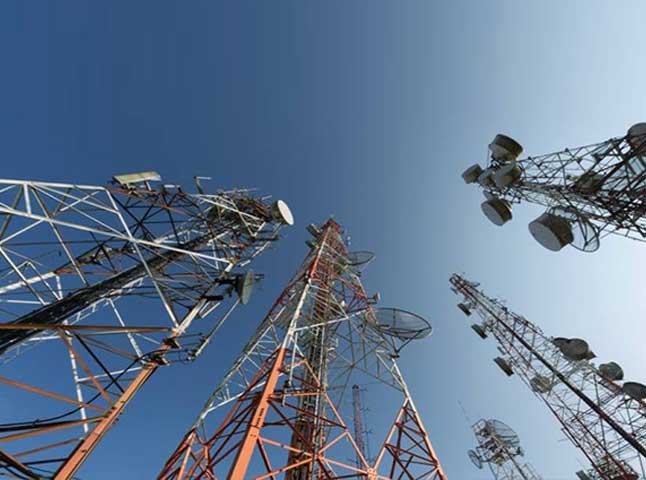
Fortune News | Oct 31,2020

My Opinion | Oct 30,2022

Radar | Apr 17,2020
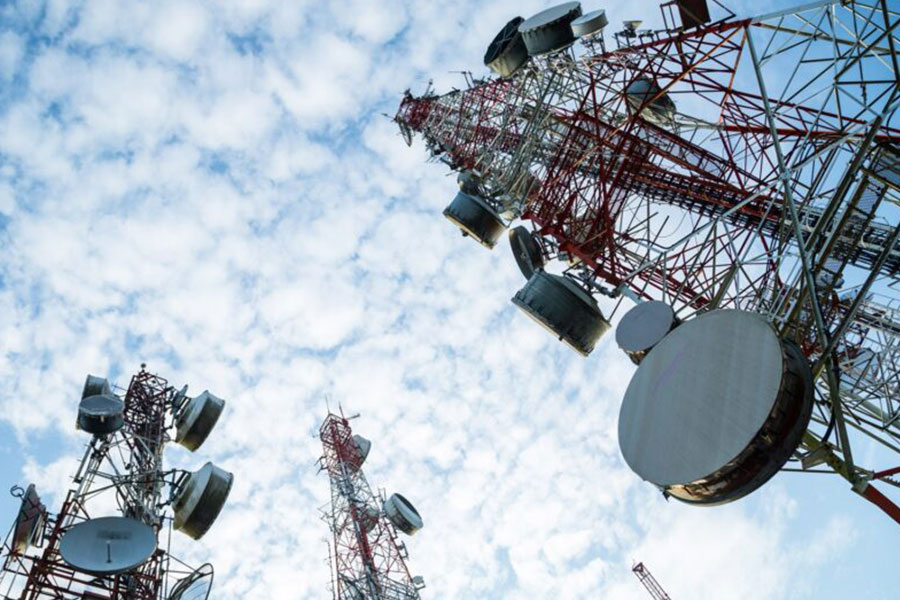
Fortune News | Mar 26,2022
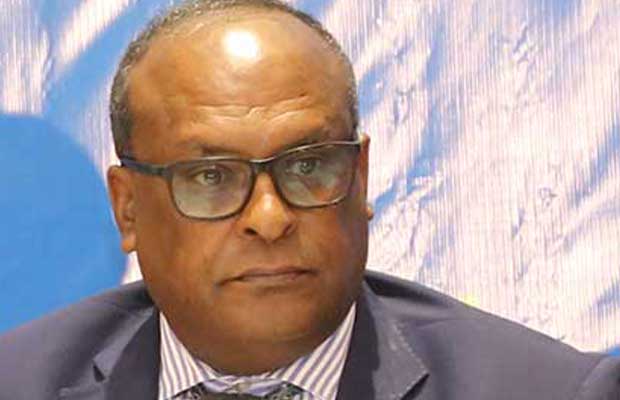
Exclusive Interviews | Jan 05,2020
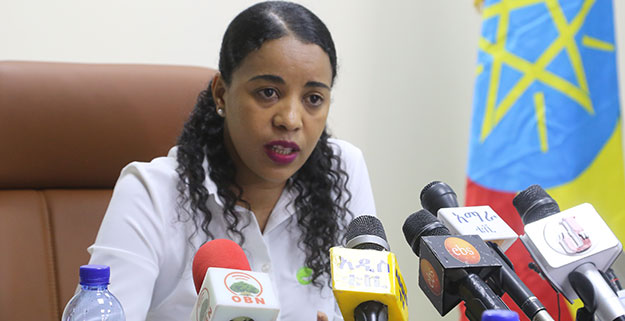
Fortune News | Jun 23,2019
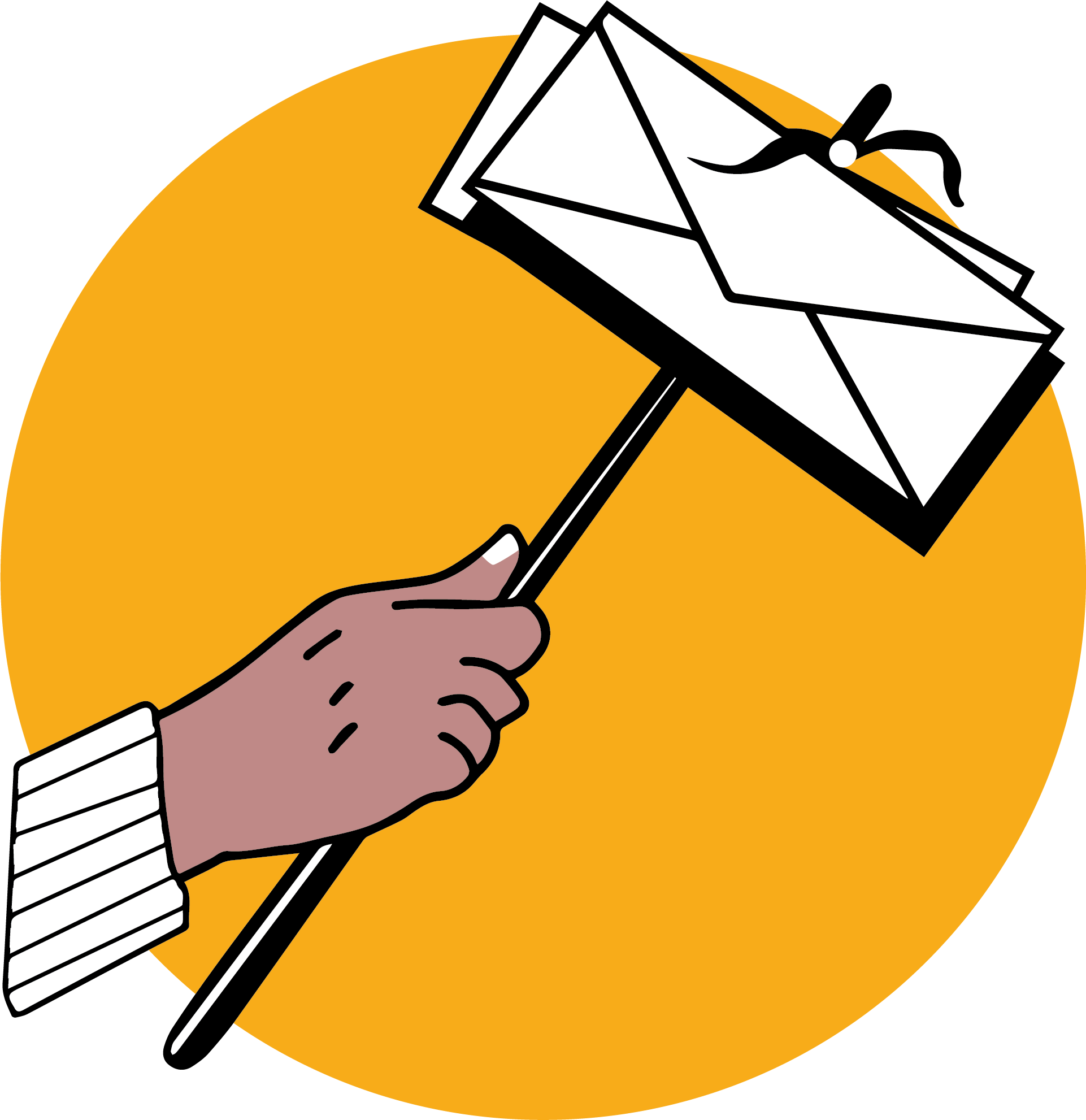
Fortune News | Dec 04,2022

Radar | Jul 30,2022

My Opinion | 132041 Views | Aug 14,2021

My Opinion | 128437 Views | Aug 21,2021

My Opinion | 126364 Views | Sep 10,2021

My Opinion | 123987 Views | Aug 07,2021





Dec 22 , 2024 . By TIZITA SHEWAFERAW
Charged with transforming colossal state-owned enterprises into modern and competitiv...

Aug 18 , 2024 . By AKSAH ITALO
Although predictable Yonas Zerihun's job in the ride-hailing service is not immune to...

Jul 28 , 2024 . By TIZITA SHEWAFERAW
Unhabitual, perhaps too many, Samuel Gebreyohannes, 38, used to occasionally enjoy a couple of beers at breakfast. However, he recently swit...

Jul 13 , 2024 . By AKSAH ITALO
Investors who rely on tractors, trucks, and field vehicles for commuting, transporting commodities, and f...

Jul 12 , 2025
Political leaders and their policy advisors often promise great leaps forward, yet th...

Jul 5 , 2025
Six years ago, Ethiopia was the darling of international liberal commentators. A year...

Jun 28 , 2025
Meseret Damtie, the assertive auditor general, has never been shy about naming names...

Jun 21 , 2025
A well-worn adage says, “Budget is not destiny, but it is direction.” Examining t...

Jul 13 , 2025 . By YITBAREK GETACHEW
The Addis Abeba City Revenue Bureau has introduced a new directive set to reshape how...

Jul 13 , 2025 . By BEZAWIT HULUAGER
Addis Abeba has approved a record 350 billion Br budget for the 2025/26 fiscal year,...

Jul 13 , 2025 . By RUTH BERHANU
The Addis Abeba Revenue Bureau has scrapped a value-added tax (VAT) on unprocessed ve...

Jul 13 , 2025 . By NAHOM AYELE
Federal lawmakers have finally brought closure to a protracted and contentious tax de...